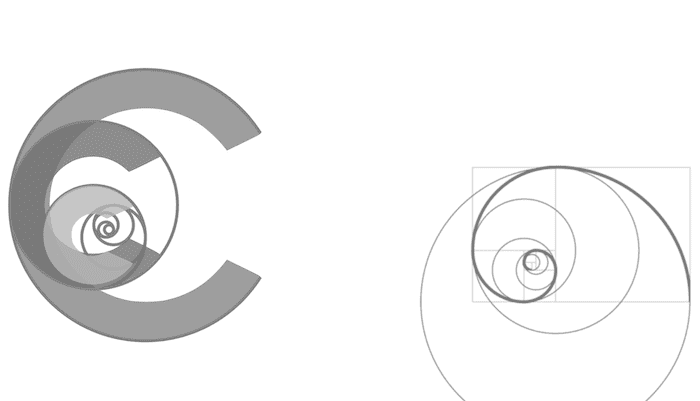Healthcare Associated Infections
Reviewed and revised 6 June 2015
OVERVIEW
- Healthcare associated infections (HAIs) are infections acquired in healthcare facilities and infections that occur as a result of healthcare interventions, which may manifest after people leave the healthcare facility
- Each year in Australia there are about 200,000 HAIs
- they are potentially preventable adverse events
- reducing HAI is the responsibility of all healthcare workers
COLONISATION VERSUS INFECTION
- Colonisation is the sustained presence of replicating infectious agents on or in the body without the production of an immune response (infection) or disease, and is a potential source of transmission
- Infection is the successful transmission of microorganisms to the host with subsequent multiplication, colonisation and invasion. Infection may be clinical or subclinical and may not produce identifiable disease
SOURCE
- either resident or transient flora on skin, acquired through direct contact or from the environment (e.g. droplet, airborne)
- either endogenous (from the patient) or exogenous (from others or the environment)
TRANSMISSION
- contact is direct (from one person to another) or indirect (from one person via another or the environment to another)
- droplets from cough or breathing
- airborne from aerosolized secretions
- environmental (e.g. contaminated food, water, medications, devices or equipment)
ORGANISMS
- bacteria
- viruses
- fungi
VULNERABLE PATIENTS
- severe underlying medical disease (e.g. immunosuppression)
- recent surgery
- indwelling devices (e.g. urinary catheters or endotracheal tubes)
References and links
LITFL
- CCC — Hand hygiene
- CCC — Ventilator associated pneumonia (VAP)
- CCC — Central line infections, CRBSI and CLABSI
Journal articles and textbooks
- Burke JP. Infection control – a problem for patient safety. N Engl J Med. 2003;348:(7)651-6. [pubmed]
- Carter EJ, Pouch SM, Larson EL. Common infection control practices in the emergency department: a literature review. Am J Infect Control. 2014;42:(9)957-62. [pubmed]
- Marcel JP, Alfa M, Baquero F, et al. Healthcare-associated infections: think globally, act locally. Clin Microbiol Infect. 2008;14:(10)895-907. [pubmed]

Critical Care
Compendium
Chris is an Intensivist and ECMO specialist at The Alfred ICU, where he is Deputy Director (Education). He is a Clinical Adjunct Associate Professor at Monash University, the Lead for the Clinician Educator Incubator programme, and a CICM First Part Examiner.
He is an internationally recognised Clinician Educator with a passion for helping clinicians learn and for improving the clinical performance of individuals and collectives. He was one of the founders of the FOAM movement (Free Open-Access Medical education) has been recognised for his contributions to education with awards from ANZICS, ANZAHPE, and ACEM.
His one great achievement is being the father of three amazing children.
On Bluesky, he is @precordialthump.bsky.social and on the site that Elon has screwed up, he is @precordialthump.
| INTENSIVE | RAGE | Resuscitology | SMACC
